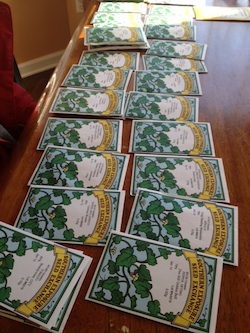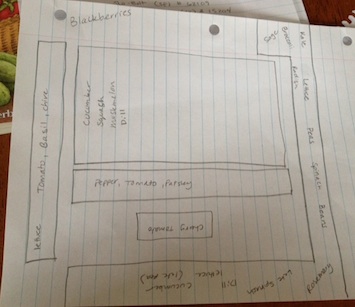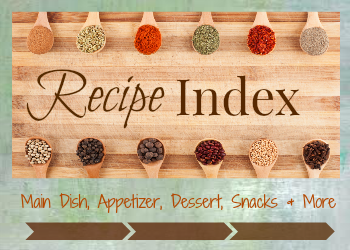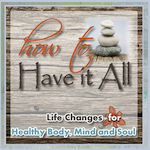
A couple of weeks ago I started planning our vegetable garden. I ordered our seeds and I was so excited when they arrived last week! The boys and I sat there organizing and thumbing through the seed packets. We are counting down the days until we can begin planting!

An important step in planning a vegetable garden is determining where you are going to plant things. I drew out a rough representation of our garden area. Then I pulled out the book The Vegetable Gardner’s Bible to reference. Things to keep in mind are what was planted in each area last year, what plants are companions and which ones are not to be planted together. For example, tomatoes, basil, lettuce and parsley grow well together. However you don’t want to plant tomatoes and dill together.
This year I am rotating the crops. The beans and peas are going where the squash and cucumbers where last year. The squash and cucumbers will be planted where the tomatoes grew last year. The goal is to make the most of the garden soil. Rotating the crops will allow the soil to regenerate nutrients since each type of crop depletes nutrients in different ways.
It takes time to plan it all out so start researching now!
Latest posts by Renae Chiovaro (see all)
- Last Minute Batgirl Costume - October 22, 2016
- Agnes & Dora: Comfortable & Affordable Clothing - September 19, 2016
- Life is a Highway - September 17, 2016







[…] on this book come planting time. It’s always good to refresh your mind on companion plants, rotation of crops and the specific needs for each […]